Regulatory Changes and Policies
The Commercial Airline Market is subject to various regulatory changes and policies that can significantly impact operations. Governments are continually revising aviation regulations to enhance safety, security, and environmental standards. For instance, new emissions regulations may compel airlines to invest in more fuel-efficient aircraft or adopt alternative fuels. Additionally, policies promoting open skies agreements can facilitate international travel by allowing airlines to operate more freely across borders. These regulatory frameworks can create both challenges and opportunities for airlines, as compliance may require substantial investment. However, favorable regulations can also stimulate growth by encouraging competition and innovation within the Commercial Airline Market. As such, staying abreast of regulatory developments is crucial for airlines aiming to navigate this complex landscape.
Increasing Demand for Air Travel
The Commercial Airline Market is currently experiencing a surge in demand for air travel, driven by rising disposable incomes and a growing middle class in various regions. As more individuals can afford to travel, airlines are witnessing an increase in passenger numbers. According to recent data, the number of air passengers is projected to reach 4.5 billion by 2025, indicating a robust growth trajectory. This demand is not only limited to leisure travel but also encompasses business travel, which is essential for economic connectivity. Airlines are responding by expanding their fleets and routes, thereby enhancing their service offerings. This trend suggests that the Commercial Airline Market is poised for sustained growth, as the appetite for air travel continues to rise across different demographics.
Expansion of Airport Infrastructure
The Commercial Airline Market is significantly influenced by the expansion of airport infrastructure. Governments and private entities are investing heavily in upgrading existing airports and constructing new ones to accommodate the increasing volume of air traffic. For instance, several countries are enhancing their airport facilities to improve passenger experience and operational efficiency. This expansion is crucial as it allows airlines to operate more flights and reduce congestion, which can lead to improved on-time performance. Furthermore, enhanced airport infrastructure can attract more airlines to operate in a region, thereby increasing competition and potentially lowering fares for consumers. The ongoing investments in airport infrastructure indicate a positive outlook for the Commercial Airline Market, as it aligns with the growing demand for air travel.
Shift Towards Sustainable Practices
The Commercial Airline Market is increasingly shifting towards sustainable practices in response to growing environmental concerns. Airlines are adopting measures to reduce their carbon footprint, such as investing in fuel-efficient aircraft and exploring sustainable aviation fuels. This shift is not merely a trend but appears to be a fundamental change in how airlines operate. According to industry reports, airlines are aiming to achieve net-zero carbon emissions by 2050, which reflects a long-term commitment to sustainability. Furthermore, consumers are becoming more environmentally conscious, often preferring airlines that demonstrate a commitment to sustainable practices. This evolving consumer preference is likely to influence airline strategies and operations, making sustainability a key driver in the Commercial Airline Market.
Emergence of Innovative Technologies
The Commercial Airline Market is witnessing a transformative phase due to the emergence of innovative technologies. Advancements in aircraft design, fuel efficiency, and in-flight services are reshaping the competitive landscape. Airlines are increasingly adopting technologies such as artificial intelligence and big data analytics to optimize operations and enhance customer experience. For example, predictive maintenance powered by AI can reduce downtime and improve safety. Additionally, the integration of advanced booking systems and personalized services is likely to attract more passengers. The adoption of sustainable aviation fuels and electric aircraft is also gaining traction, reflecting a commitment to environmental responsibility. These technological innovations suggest that the Commercial Airline Market is evolving rapidly, with airlines striving to meet the expectations of modern travelers.


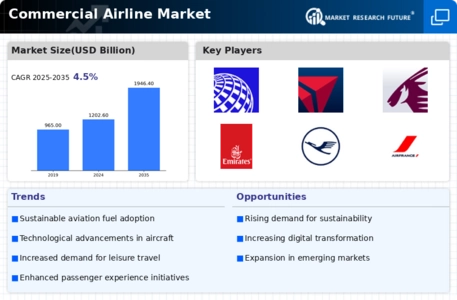
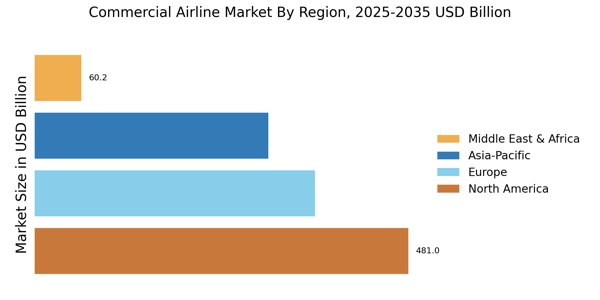
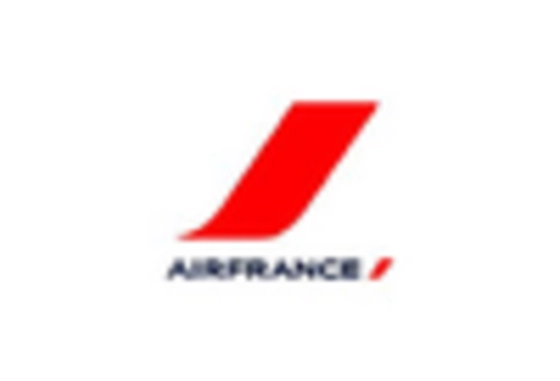
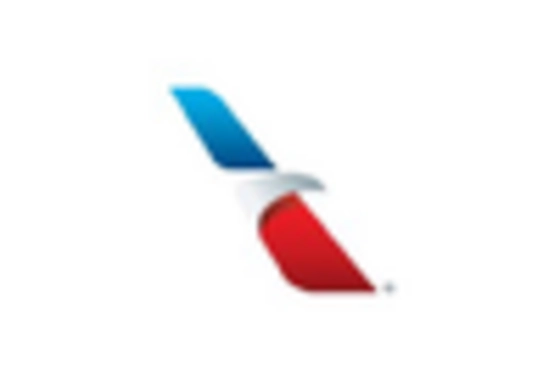

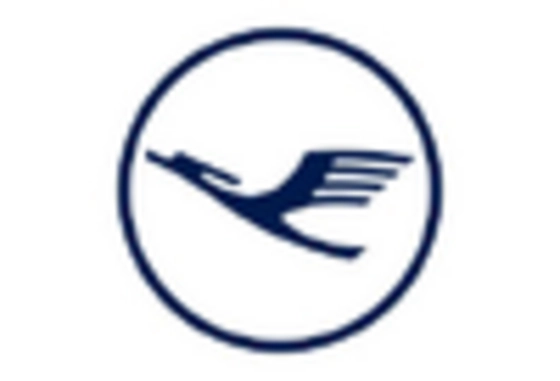










Leave a Comment